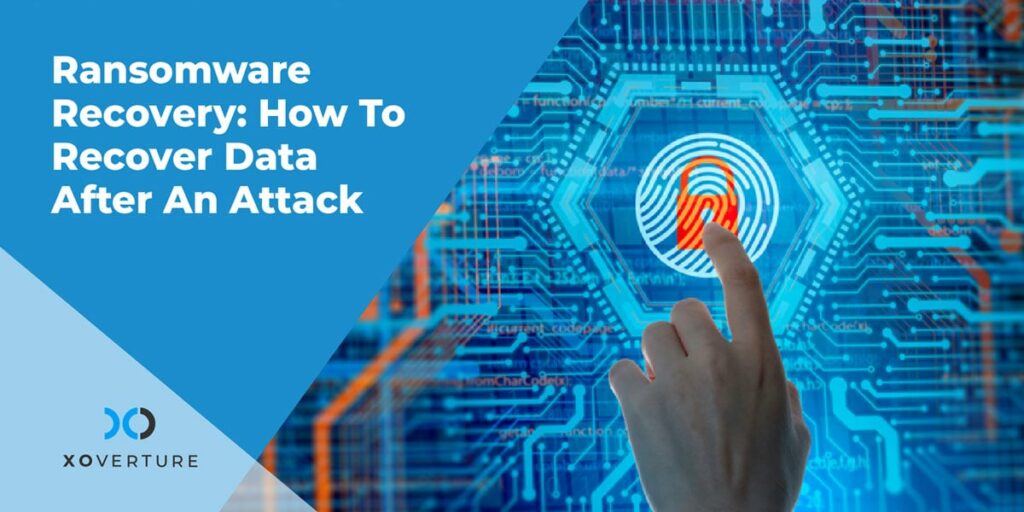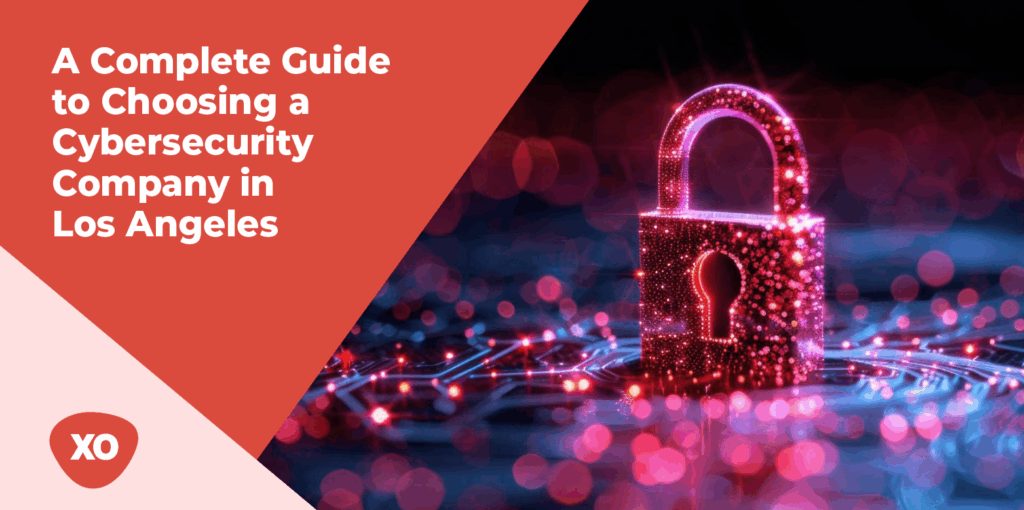An illegal intrusion by a hacker into a computer system to encrypt data and demand a “ransom,” or payment, from the victim, is known as a ransomware attack. Malware known as ransomware is used by criminals to encrypt data and supply the conditions for access. Although paying the ransom does not guarantee release, it is common for criminals to publish the information or permanently limit access to the files if the ransom is not paid. Cybersecurity services in Los Angeles can help protect your systems from such attacks, mitigate damage, and assist in recovery if an attack occurs.
What is a Ransomware Recovery Plan?
A ransomware recovery plan is a playbook for dealing with a ransomware attack. It has a communication plan, an incident response team, and detailed instructions for recovering your data and dealing with the crisis. During an attack, time is of the essence, and a quick response is essential to both recover your files and prevent serious damage, both financial and proprietary.
How To Recover Data After An Attack
Here is how you can recover data after a ransomware attack:
Never Pay the Ransom
If you have backups of your data stored somewhere else, you should never attempt to pay the ransom. If you don’t have these backups, you should consider whether the expense is actually justified. There are a few significant factors to consider before paying:
- There is no assurance that payment will lead to data recovery because you are dealing with criminals.
- The same criminals will target your organization again if their attack is successful. If successful, they are aware that they will receive their demanded ransom, and their attacks may never stop.
- You still need to remove the malware from the system even after paying the ransom. This effectively means that the costs must be doubled. One each for the ransom and the time it takes to completely restore your system.
Report the Attack
As soon as an incident is reported, authorities can start to identify the perpetrator, learn how they select their victims, and work to stop similar attacks from happening in the future.
The police should be informed of the incident so they can pass the case along to their cybercrimes section for further investigation.
Backup!
Without a data backup, businesses are frequently completely helpless in the event of a ransomware attack. This typically results in paying the ransom, albeit file recovery is not always ensured. The quickest and most dependable way to restore is typically from a backup. Some efficient techniques and tactics are:
- Isolate your backups so they are protected from attacks. You can also make use of incremental backups to guarantee that there is no data loss during an attack.
- Make use of non-writable storage. This guarantees that you will always have a recoverable copy of the impacted data.
- Use a variety of backups to strengthen your resilience.
- Perform routine audits to make sure important data and business operations are properly backed up.
- Install a backup infrastructure to get your company up and running quickly. Even though it is expensive, having a duplicate of your main production facility assures that your company can continue to run even after a severe attack.
Whatever method you choose, it’s imperative that you test your backups. This should come naturally as part of your security planning and IR strategy. You can’t be sure they’ve saved your data securely if you haven’t verified their effectiveness.
Use Data Recovery Software or Decryption Tools
The best way to recover data is by using a backup. To restore your encrypted data, there are alternative options as well:
- Some OSs, including Windows 10, come with built-in recovery tools. The Windows System Restore tool occasionally has the ability to return settings to a previously created recovery point. However, modern ransomware frequently corrupts and disables such apps.
- There are numerous third-party solutions available for both extracting corrupted data from storage devices and restoring the affected files. The kind of ransomware harming your system will determine how effective the software is. If the ransomware is new the software may not be effective on it.
- Security researchers may already have cracked the encryption method, depending on the ransomware type. Using algorithms, decryption tools can unlock your data and break the encryption.
Keep the Backups Isolated
Only 36% of businesses, including at least one off-site, have three or more copies of their data, according to a Veritas survey published last year. To protect the production environment from ransomware and other risks it is essential to maintain a “air gap” between the backups and the working system.
Versioning is a feature that some cloud-based platforms offer as part of the product at no extra charge. For instance, online backup programs like iDrive, Google Docs, and Office 365 maintain all prior versions of files without replacing them. Even if ransomware affects a system and the encrypted data are backed up, the backup procedure just adds a new, corrupted version of the file rather than replacing the existing older backups.
Technology that continuously creates incremental backups of files ensures that no data is lost in the event that ransomware is deployed. You just return to the last secure version of the file created prior to the attack.
Decrypting
If restoring from a backup is not an option, either because you don’t have one or because the attackers also encrypted your backup, you may be able to decrypt your data. Unfortunately, many different types of ransomware lack the decryption tools that some of them do.
Although decryption is not a dependable way to recover your data, depending on your circumstances, it might be worth a shot. If you’ve tried everything and are considering trying to decrypt your files, contact law enforcement.
Wrapping Up
A successful ransomware attack can have a serious impact on your company if you don’t have a plan in place. You may start protecting your business, educating your staff, and maintaining the security of your data by partnering with Los Angeles cybersecurity consultant like ourselves. To improve your cybersecurity approach and overcome any obstacles you may be facing, get in touch with our experts.






